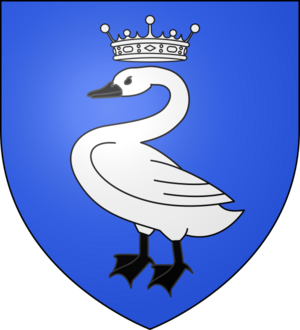Oye-Plage facts for kids
Oye-Plage is a small town, also known as a commune, located in the northern part of France. It's found in the region called Nord-Pas-de-Calais, within the Pas-de-Calais department. Being a "plage" (which means "beach" in French), it's a coastal area, often known for its natural beauty and connection to the sea.
Contents
What is Oye-Plage?
Oye-Plage is a commune, which is the smallest administrative area in France. Think of it like a local town or village area that has its own local government. These communes are important for managing local services and representing the people who live there. Oye-Plage is a peaceful place, known for its natural environment and coastal location.
Where is Oye-Plage Located?
Oye-Plage is situated in the very north of France. It's close to the English Channel, which is the body of water separating France from England. This location means it has a unique climate and a history linked to maritime activities.
Exploring the Nord-Pas-de-Calais Region
Oye-Plage is part of the Nord-Pas-de-Calais region. This region is known for its flat landscapes, often with windmills and canals. It has a rich history, especially from World War I and II, and is also famous for its coal mining past. Today, it's a mix of industrial areas, farmlands, and beautiful coastlines.
The Pas-de-Calais Department
Within the Nord-Pas-de-Calais region, Oye-Plage belongs to the Pas-de-Calais department. A department is like a county or a larger administrative area within a region. Pas-de-Calais is named after the Pas de Calais, which is the narrowest part of the English Channel. This department is important for trade and travel between France and the United Kingdom.
Life in Oye-Plage
Life in Oye-Plage is often connected to its natural surroundings. As a coastal commune, it likely offers activities related to the beach and sea. Many people visit or live in such areas to enjoy the fresh air and outdoor life.
Nature and Environment
Given its name "Plage," Oye-Plage is likely home to sandy beaches or coastal wetlands. These areas are often important for wildlife, especially birds. Coastal regions can be very beautiful and offer opportunities for walking, birdwatching, and enjoying nature. Protecting these natural spaces is important for both the environment and the people who live there.
See also
 In Spanish: Oye-Plage para niños
In Spanish: Oye-Plage para niños


